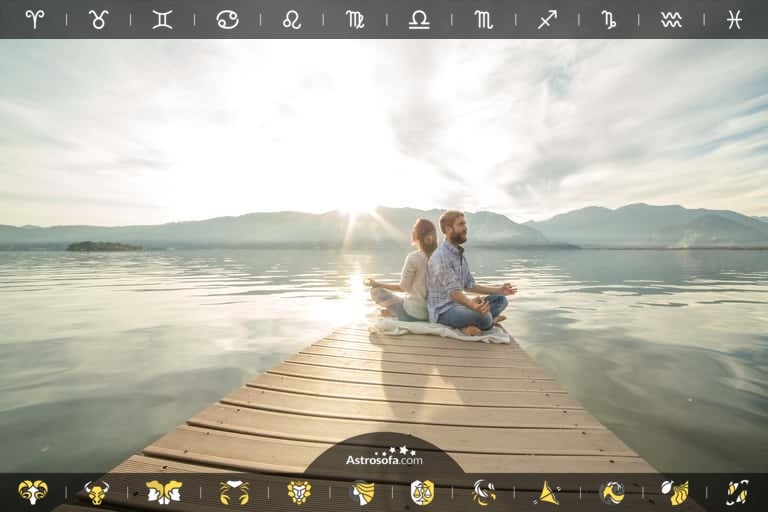
Birthday
George Frideric Handel (1685-1759), Tom Osborne (*1937), Erich Kästner (1899-1974), Dakota Fanning (*1994), Emily Blunt (*1983), Peter Fonda (*1940), Aziz Ansari (*1983)
|
Daily aspects
|
|
Moon Trine Jupiter |
|
Moon → Aries |
|
Moon ⚹ Saturn |
Daily aspects

This is a very favorable transit. It can bring you social success, as well as financial opportunities. You have a positive vibe and outlook on life, are sincere, and enjoy popularity. You can carry out philanthropic activities with ease. You are attractive, optimistic and have artistic interests. It's a great time for going out on dates and meeting your future spouse!

The Aries Moon transforms us into a bundle of energy and gives us confidence in our own skills. We act spontaneously, but also responsibly, and we have a bright, sharp mind. With elan, we start new projects and have high assertiveness. Now it is the best time to tackle difficult things.

This transit increases your sense of responsibility and organizational talent. You will be able to pursue your goals with care and deliberation. It's a good time to get together with women in groups, and discuss important issues.
Current timezone: Europe/London (UTC +01:00). change timezone
Calendar
Please choose a day:



